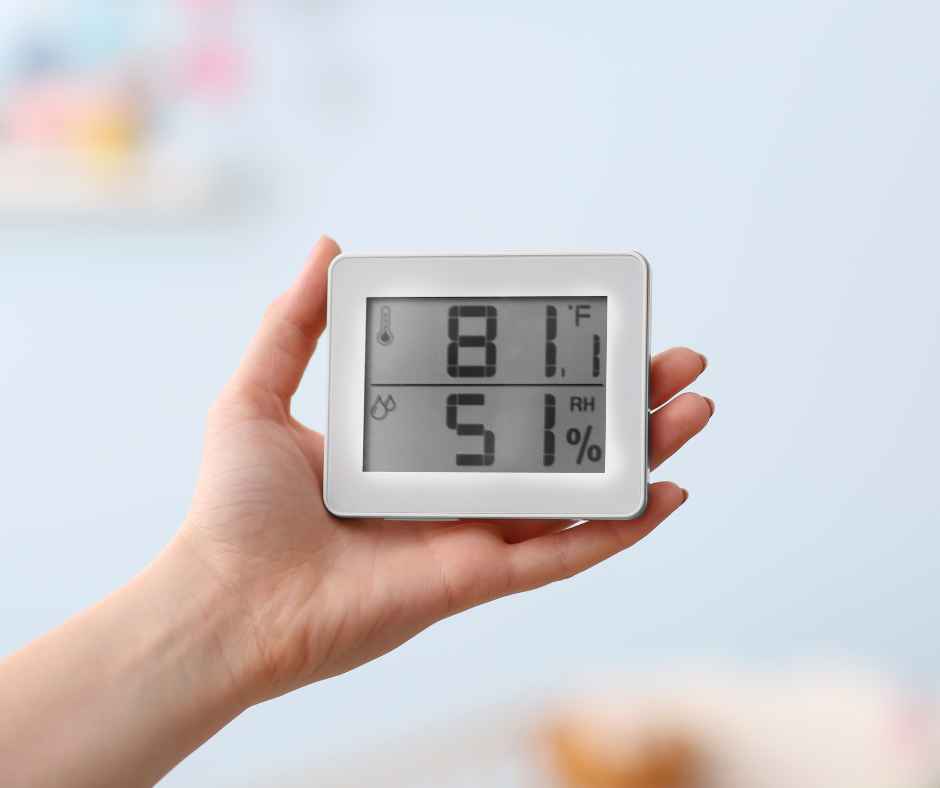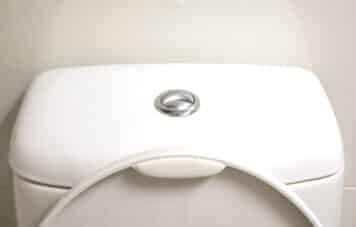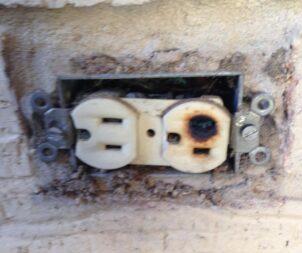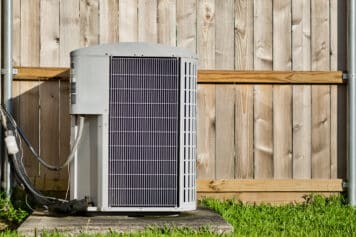
Maintaining the right humidity level in the house is essential for comfort, health, and the integrity of your home. If you’ve ever asked, “What should the humidity be in my house?” you’re not alone. Many homeowners struggle to achieve the right balance, especially during seasonal changes. Too much or too little home humidity can lead to various problems, from health concerns to property damage.
In this guide, we’ll discuss the ideal home humidity level, its benefits, how to monitor it, and how humidifiers or dehumidifiers can help you maintain a comfortable and healthy environment.
What Should the Humidity Be in Your House?
The ideal humidity level in the house typically ranges between 30% and 50%. This range provides the perfect balance for comfort and health while preventing issues like mold growth or excessively dry air. However, seasonal changes can affect what works best:
- Winter: Aim for 30% to 40% to prevent dry skin, respiratory irritation, and damage to wooden furniture or floors.
- Summer: Maintain 40% to 50% to keep your home cool and prevent excess moisture that can lead to mold and mildew.
Fluctuations outside this range can lead to discomfort and even structural problems in your home.
Why is Home Humidity Important?
Maintaining the right home humidity level is about more than just comfort. Here’s why it matters:
Health Benefits
A balanced house humidity level can reduce respiratory issues, dry skin, and irritation of the eyes and throat. Excessively high or low humidity can exacerbate allergies, asthma, and other conditions.
Preserving Your Home
Wood floors, furniture, and even your home’s structure can warp, crack, or develop mold if the home humidity is too high or too low.
Energy Efficiency
Proper house humidity helps your HVAC system work more efficiently, potentially lowering energy bills. High humidity makes your home feel warmer, while low humidity in winter makes it feel colder.
How to Measure Humidity Levels in the House
The easiest way to monitor your humidity level is by using a hygrometer, an inexpensive device that provides real-time readings. Many smart thermostats now come equipped with built-in hygrometers, offering convenience and accuracy.
What Happens When the Humidity Level is Too Low?
Low home humidity levels, often experienced in winter, can lead to:
- Dry Skin and Irritation: Your skin and respiratory system can become dry and uncomfortable.
- Static Electricity: Low humidity increases static buildup, making everyday tasks more annoying.
- Damage to Furniture and Floors: Wood contracts and cracks when the air is too dry.
Solutions for Low Humidity
Using a humidifier adds moisture to the air, bringing your home humidity back to a comfortable range. Humidifiers are particularly useful in bedrooms, living rooms, or other areas where you spend most of your time.
What Happens When the Humidity Level is Too High?
High humidity levels in the house are common in summer or in regions with naturally humid climates. Issues caused by excessive humidity include:
- Mold and Mildew Growth: High humidity creates a perfect breeding ground for mold, which can damage your home and affect your health.
- Dust Mites: These allergens thrive in damp conditions.
- Unpleasant Odors: Excessive moisture can leave your home smelling musty.
Solutions for High Humidity
Dehumidifiers help remove excess moisture from the air, reducing the risk of mold and improving overall comfort. Many dehumidifiers are portable and easy to set up, while whole-home systems can provide consistent results throughout your house.
Tips for Maintaining the Perfect Home Humidity Level
Use Humidifiers or Dehumidifiers
Invest in a humidifier or dehumidifier to regulate your house humidity. A whole-home solution integrated with your HVAC system can provide the most consistent results.
Seal Your Home Properly
Prevent outside air from affecting your home humidity level by sealing windows, doors, and vents. This step also improves energy efficiency.
Monitor Regularly
Check your humidity level in the house regularly with a hygrometer or smart thermostat. This will help you stay proactive about making adjustments.
Adjust Based on the Season
Remember to modify your approach depending on whether it’s summer or winter to maintain the ideal home humidity range.
Ventilate Properly
Use exhaust fans in bathrooms and kitchens to remove excess moisture. This is particularly important in summer or during activities like cooking and showering.
The Role of HVAC Systems in Managing Humidity
Modern HVAC systems are designed to help control home humidity levels. Air conditioners dehumidify as they cool, while some systems come with built-in humidifiers for winter. Regular HVAC maintenance is essential for ensuring these systems work effectively year-round.
Why You Should Consider Professional Help
Balancing your house humidity isn’t always straightforward, especially if you’re dealing with persistent issues. A professional can:
- Assess your home’s unique needs.
- Recommend the best humidifier or dehumidifier for your situation.
- Install whole-home solutions integrated with your HVAC system.
Call Harris Today!
So, what should the humidity be in your house? The ideal range is between 30% and 50%, depending on the season. Maintaining this balance is essential for your health, comfort, and the longevity of your home.
If you’re struggling with low or high home humidity levels, Harris Plumbing, Heating, Air & Electric is here to help. We offer professional humidifier and dehumidifier solutions tailored to your home’s needs. Contact us today to achieve the perfect house humidity and enjoy a more comfortable living environment!




